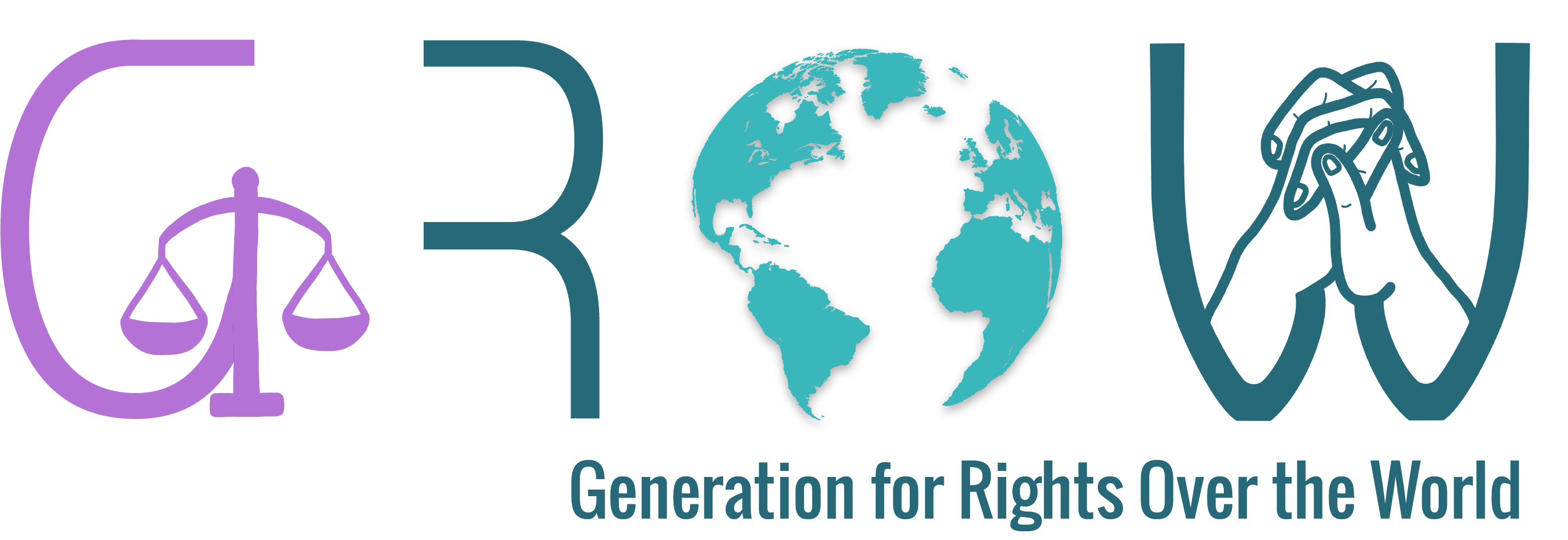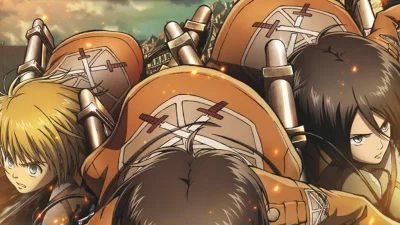This recommendation is about the Attack on Titan anime adaptation. To prevent any possible spoilers of the story, this recommendation only relates to the known facts when watching the first episode of the first season.
Attack on Titan is a shōnen manga, written and illustrated by Hajime Isayama between 2009 and 2021, which was adapted to anime from 2013 and for which the last episode was released in November 2023. The story takes place in a world in which humanity is surrounded by immense walls to protect itself from the Titans. By shedding light on the mysteries of how the walls came into being, the outside world and the events that preceded their construction, the story tells humanity’s struggle to reclaim its territory.
A hierarchical life within the walls
At first sight, Attack on Titan can seem to be a shallow story: defenceless humans are condemned to be devoured by Titans with distorted and terrifying faces. Right from the first episode, the cruelty of the event leaves no one indifferent. However, if, despite these displays of violence, you continue watching the anime, you will realise that this is a story that tackles complex themes of power, oppression and the human experience in the face of adversity, among other things.
To protect themselves from the Titans, humanity lives surrounded by a system of three concentric walls, each fifty metres high and around a hundred kilometres apart. The outer wall is called the Maria Wall, the middle wall the Rose Wall, and the central wall the Sina Wall. There are also bastions located at the cardinal points, the aim of which is to attract the Titans to the same place so that they can be eliminated more easily. The distribution of the population within these walls follows a hierarchy based on social class and wealth. The poorest inhabitants live in the bastions – at the level of the Maria Wall – and the nobles live within the Sina Wall. However, with the fall of the latter in the first episode, the survivors are forced to take refuge in the Rose Wall where they are not welcomed with open arms. Indeed, the lack of food and space to house everyone has made the inhabitants of the Rose Wall hostile upon their arrival. The parallels between this situation and our reality are not hard to draw, and the series’ exploration of those themes not only adds depth to the story but also provides a lens through which viewers can contemplate the societal challenge of the real world.
The quest for freedom
The fight against the Titans is led by an army divided into three branches: the Exploration Battalion, the Garrison and the Special Brigades. The Exploration Battalion leads expeditions to reconquer territories outside the walls, where the Titans are. The garrison is responsible for protecting the walls and the townspeople, while the special brigades are spread throughout the Sina Wall and operate under royal authority. While most of the city’s inhabitants choose to live their lives in ignorance of the Titans’ origins, this is not the case for everyone. The purpose of the Exploration Battalion is to overcome the ignorance that has made humans powerless in the face of the Titans, and to try to understand where they come from, how to defeat them, and so on. More broadly, the battalion embodies freedom, as indicated by their badge, which consists of two wings called “wings of freedom”.
As the story progresses, the concept of freedom becomes increasingly complex, involving the fight against oppressing regimes, as well as the consequences of the exercise of authority. The anime navigates the nuances of being both a victim and an oppressor, offering narratives that transcends a black-and-white perspective. The character of Eren Jäger, initially portrayed as a freedom-seeking hero, becomes morally ambiguous as his actions raise profound questions about the true meaning of freedom and the devastating consequences of uncontrolled authority.
As a result, Attack on Titan left a lasting impact as one of the greatest anime ever made, captivating audiences with its storytelling, breathtaking animation and immersive experience. The series’ mastery of foreshadowing and unexpected twists kept viewers on the edge of their seats, while the historical parallels and references added complexity to the plot. The series’ focus on the cyclical nature of violence and the pursuit of freedom resonated with audiences, prompting reflection on real-world societal challenges and the importance of respecting human rights.
Shingeki no Kyojin, Hajime Isayama, 2009.







